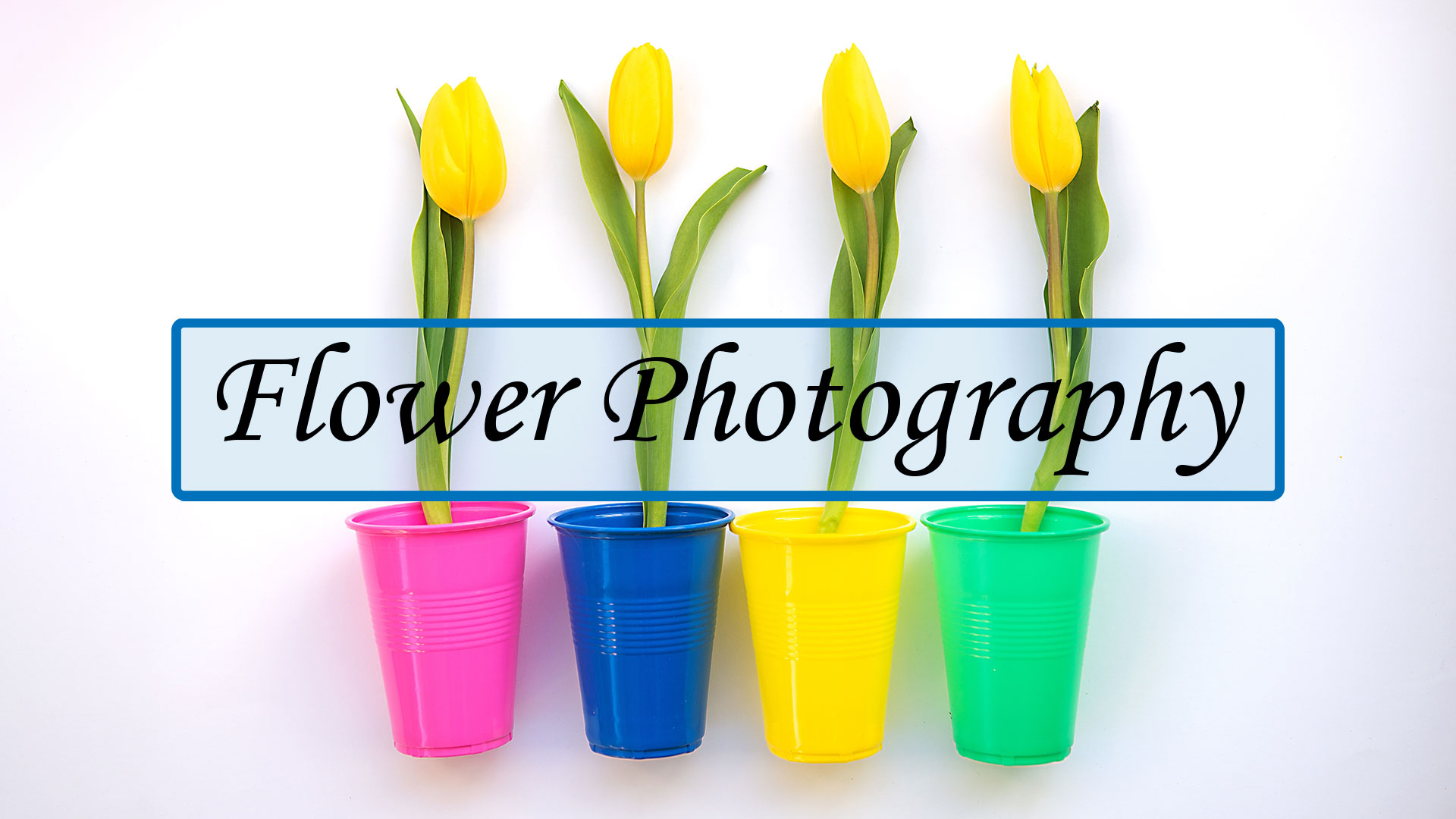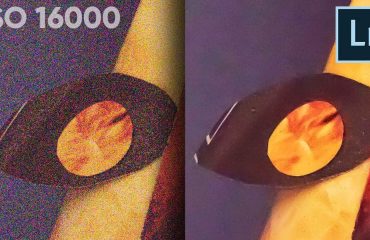When it is summer, the flowers start to emerge from the soil. Everyone loves the season as various colorful flowers start blooming. Every photographer waits for this season and makes their camera ready for flower photography. This is not an easy job at all. There are many things you should keep in mind when shooting flowers.
To make this task easier for you, we have outlined 10 great tips in this article. Let’s learn 10 efficient tips about how to capture beautiful blooming flowers.
Tips 1: Shoot Flowers with an Overcast Sky
White sky days are perfect for shooting flowers. You will not find a clear blue sky every day. But in flower photography, you may not need a clear shiny sky. Instead use an overcast day which will give you soft and even light. Overcast days also help to get a good exposure for the flowers.
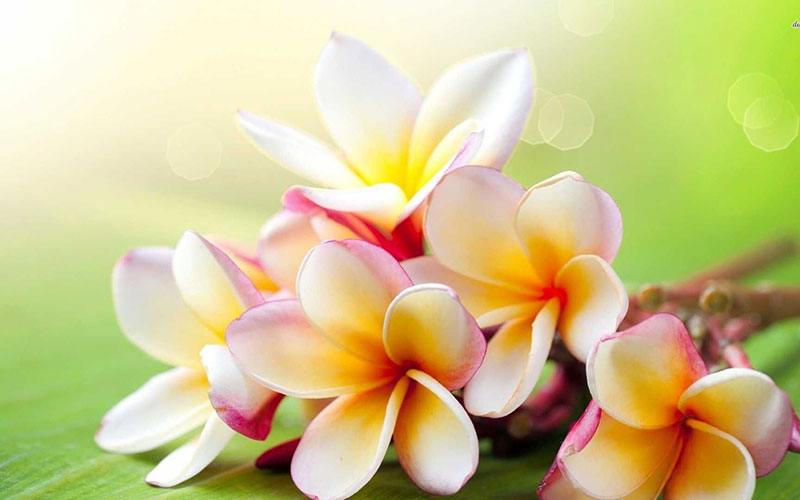
Tips 2: Use Backlight to Make Your Flowers Glow
Using backlighting is another essential trick for making the flowers glowing. Keep the sun directly in front of your lighting and the flower in behind. The petals of the flower are translucent. That’s why the backlight helps glow the flowers. At the end of the day when the sun is near the horizon is the best moment for backlighting the flowers. If you try you can also capture some rays of light through the trees.
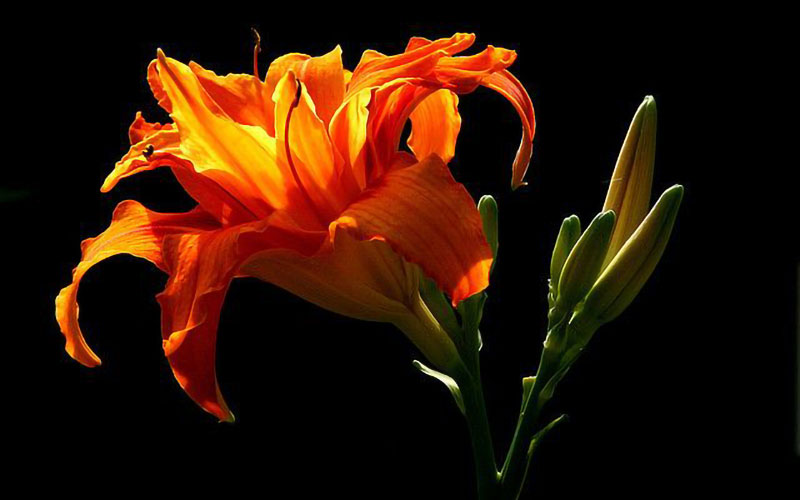
Tips 3: Be Careful about Wind
Shoot the flowers when there is less chance of wind. Because wind is an enemy to a flower photographer. You can avoid wind by shooting the flowers in the early morning. Because there is less chance of blowing wind in the morning. Use cardboards and reflectors to block the wind if you can.
Tips 4: Take Close Up Shots
Everybody loves the close-up shots of flowers. For taking close-up shots, use a telephoto lens to zoom in. take notes of the minimum focusing distance of the lens. For example, a 70-300mm telephoto lens has a minimum focusing distance of 1.5 meters.
You can also use a close-up filter which works like a magnifying glass. It will help you take close-ups of flowers. The best thing to do is using a dedicated macro lens.
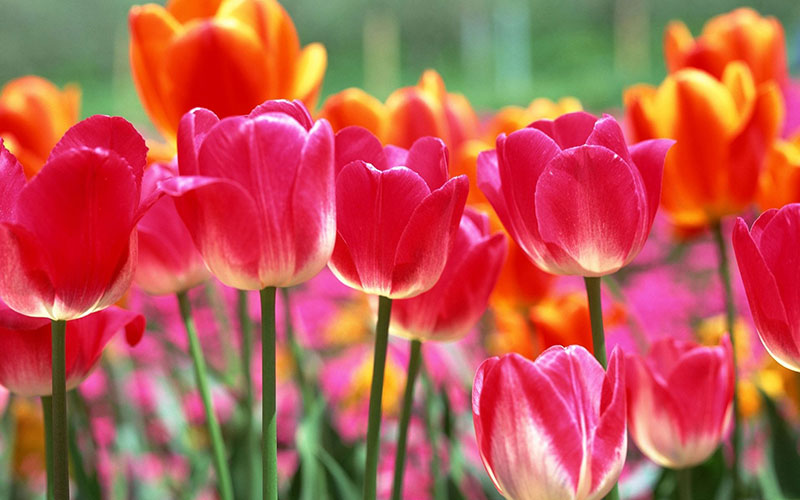
Tips 5: Use a Reflector for Bouncing Light
Bouncing lights make the flowers gorgeous. Use your reflector to bounce some light back to your subject. The bouncing light will make the flowers vibrant too.
Tips 6: Ignore a Jumble Background
A little change in the background can break the photo. Especially avoid a jumbled background to make your photos stand out. In this case, try a different angle and change your positions. Watch out for distracting objects behind the subject and ignore that.
When creating a blurry background don’t ignore any interesting object behind your subject. Sometimes people love distracting visual elements. But ensure you are taking a tidy background. Providing some clue in the backdrop, viewers will attract to the photos. Go for other plants and some part of the sky in the background.
When shooting in the outside, you may find a great subject with a terrible location. In that situation, you can make a fake background by using decorative paper, or white cardboard.
Tips 7: Create a Shallow DOF (Depth of Field)
Shallow depth of field helps get a perfect blurred background. It can be achieved by keeping the subject in focus and the background out of focus. Normally, using a wider aperture will create a shallow depth of field. Use aperture such as f/4 or f/2.8. You can also use a telephoto lens with a wide aperture to get this amazing effect.
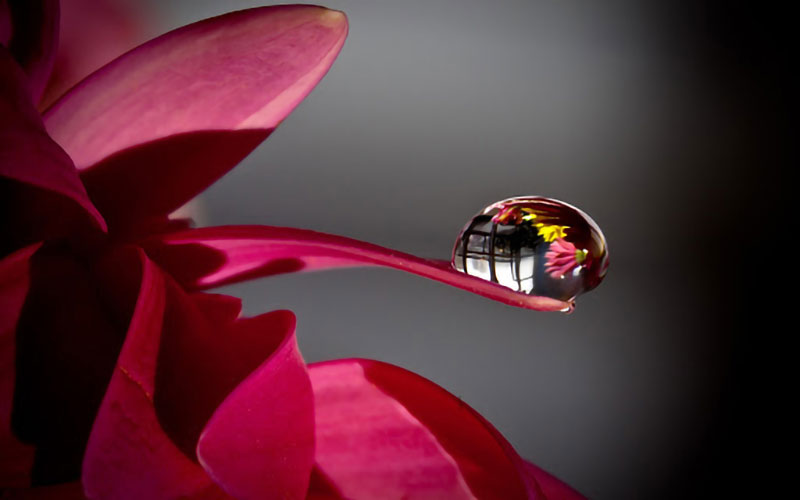
Use a wide aperture, but don’t make it excessive. If you want to focus only on a certain part of a flower, then you can increase the aperture. Choose an aperture between 5.6 to 8 for getting enough DOF for the entire flower to be in focus. But the background and foreground will be still blurry. One thing you should always remember is that increase shutter speed when your aperture is wide. This way, you will not overexpose the image.
Tips 8: Take Sharp Images
Whenever you are making a shallow depth of field, make sure your flower appears sharp. To achieve this great result, use a tripod, a cable release for the shutter, or a timer. If possible, use manual focus. It will ensure that the camera is focused on the most important part of the subject.
Sometimes it is a challenge for anyone to create a shallow depth of field. Especially when you are using a macro lens. In that case, try to use a single-point focus for shooting flowers. Thus, you can define exactly what you want to keep in focus.
Again, if your subject moves too much then disable the camera’s autofocus and shoot in manual mode.
Tips 9: Use Different Angle
To get more interesting photos, move around and change your angles. Shooting the flower from behind and underneath will give you a different point of view of the image.
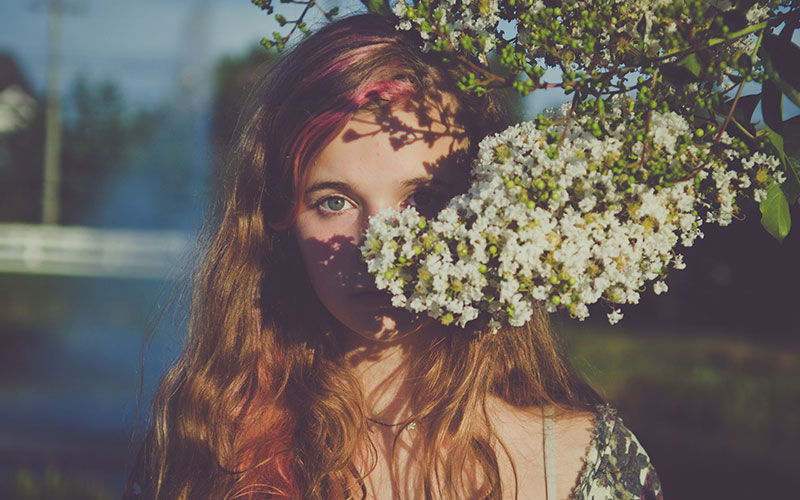
If you want to make your shots to be unique then don’t just take shots from eye level. Instead, go for different angles.
Take shots from a higher angle using the butterfly’s point of view.
Using the same angle all the time can get boring. You must move around the flower and stay close. So, wear clothes which can get dirty as you taking the shots.
Tips 10: Shoot from Another Flower
Focusing the flower through another flower is an amazing trick of flower photography. Place yourself in a way that you can shoot your flower through another flower. Keep your flower sharp and make the secondary flower a little blur. This will get you a more amazing photo.

Conclusion
Take your camera and go to a flower garden or an open field. Shoot as many photos as you can. Practice these 10 tips while doing flower photography. With practice and patience, you will be able to master flower photography. Don’t hesitate to get help from our experts to edit your flower photos. Here at Clipping Panda, we provide you the best quality photo editing services.
Photographing flowers include in macro photography. If you are taking some macro shots of the flowers, then you can use them for focus stacking. Focus stacking will help you bring an aesthetic look to the photo. You can add several parts of a flower and take a whole picture from that.

